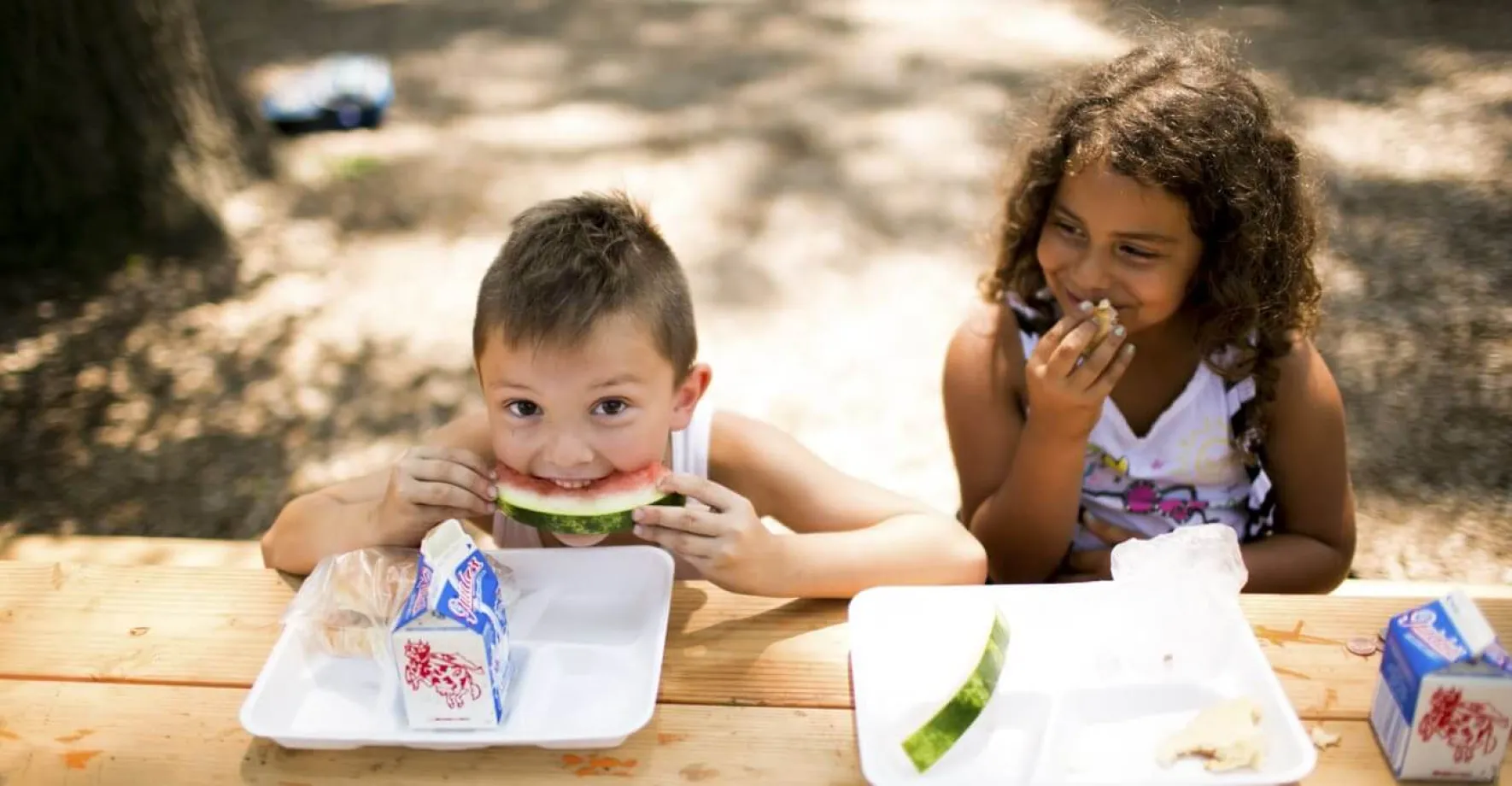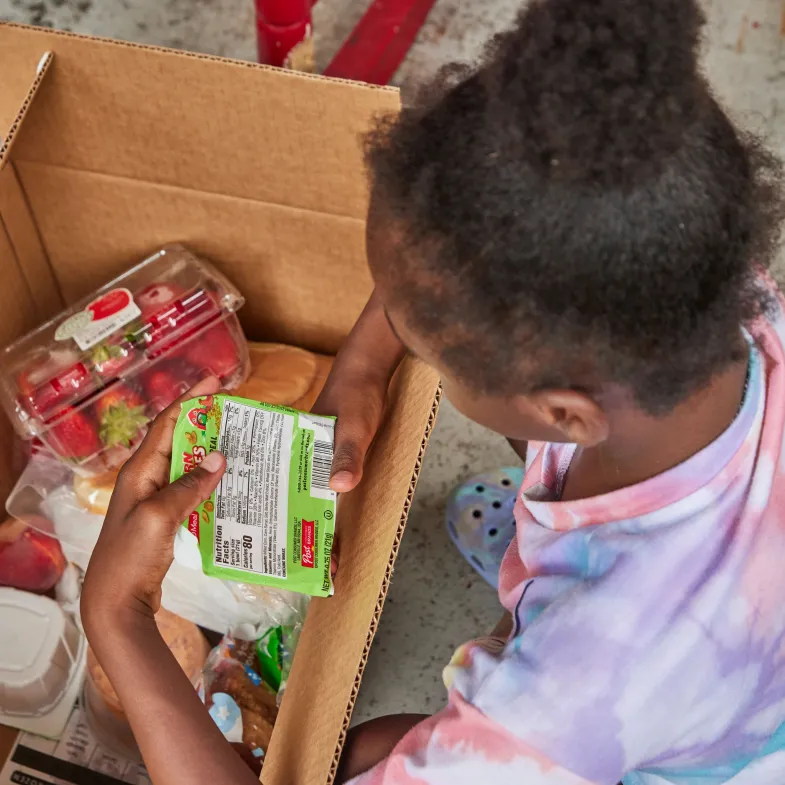When the last bell rings at the end of the school year, many kids are excited for the summer ahead. But for millions of kids across America who receive school meals, summer can be the hungriest time of year. Now, thanks to the work of No Kid Hungry, there’s a federal summer meals program to help families buy food during the summer.
And there’s another new program that will help kids this summer: rural communities can now offer meals delivery and pick-up services, instead of requiring children to travel to the sites where the meals are served.
Together, these new summer meal programs could help as many as 31 million children in the United States.
How We're Helping Kids Get Summer Meals
No Kid Hungry — together with our donors and our partners — worked for years to make these critical new programs happen. But there’s a huge task ahead as we work to help schools, community organizations and state agencies implement them — and ensure that families and communities are aware.
Find summer resources for families and kids here in our Summer Food Service Resource Hub.
Grocery Benefits
Summer EBT (or SUN Bucks), is a grocery benefit program that states can choose to operate that enables income-eligible families to receive an extra $120 per child for groceries during the summer. We saw incredible success in reducing childhood hunger with a similar program during the pandemic. During the summer of 2024, 37 states, the District of Columbia, all five U.S. territories and two Native American nations operated Summer EBT. Preliminary data from USDA suggests that Summer EBT benefits were distributed to more than 18 million kids nationwide — a huge accomplishment for the first year of the program.
- We’re deeply investing in data, technology, outreach and communications solutions to address challenges standing in the way of families accessing Summer EBT in a number of states.
- We’re advocating for additional states to participate in Summer EBT by engaging grassroots supporters members of the Mayors Alliance to End Childhood Hunger, and the National Governors Association.
- We developed a summer meals playbook with Code for America to help state agencies understand and prepare for the new program.
Free Meals in Rural Communities
Many communities offer free meals to children during the summer, typically at schools, community centers or public libraries. But for many years, children were only allowed to eat the food if they stayed there. This meant that kids who lived far from such a meals site might not get the chance to eat — especially in rural communities.
But with these new policy changes that No Kid Hungry and others fought for, free meals in rural communities are available through Sun Meals To-Go. Schools and local nonprofits can now offer meal delivery and grab-and-go services, instead of requiring children to eat their meals at the distribution site.
- We’re providing grants to meal providers to help them launch programs in new states, with a special focus on enhancing technology and data solutions, as well as outreach and communications. We’re also improving the reach of these programs in existing states.
- We’re elevating successful innovations that help children get healthy summer meals, such as improving mobile or home delivery meal models.
- We’re helping meal providers and program administrators understand how to comply with new regulations and use the best service models for their communities.
Traditional Summer Meals Sites
Meanwhile, many children still rely on free summer meals served at community sites in neighborhoods across the country, from schools to parks to libraries. Use our online local meal finder tool to find free meal sites near you.
No Kid Hungry continues to support these local efforts in addition to our investments in Summer EBT and SUN Meals To-Go.
With your support, we’ll make sure every child gets the healthy food they need to have a great summer. Learn more about the ways you can help kids facing hunger or make a donation today.




